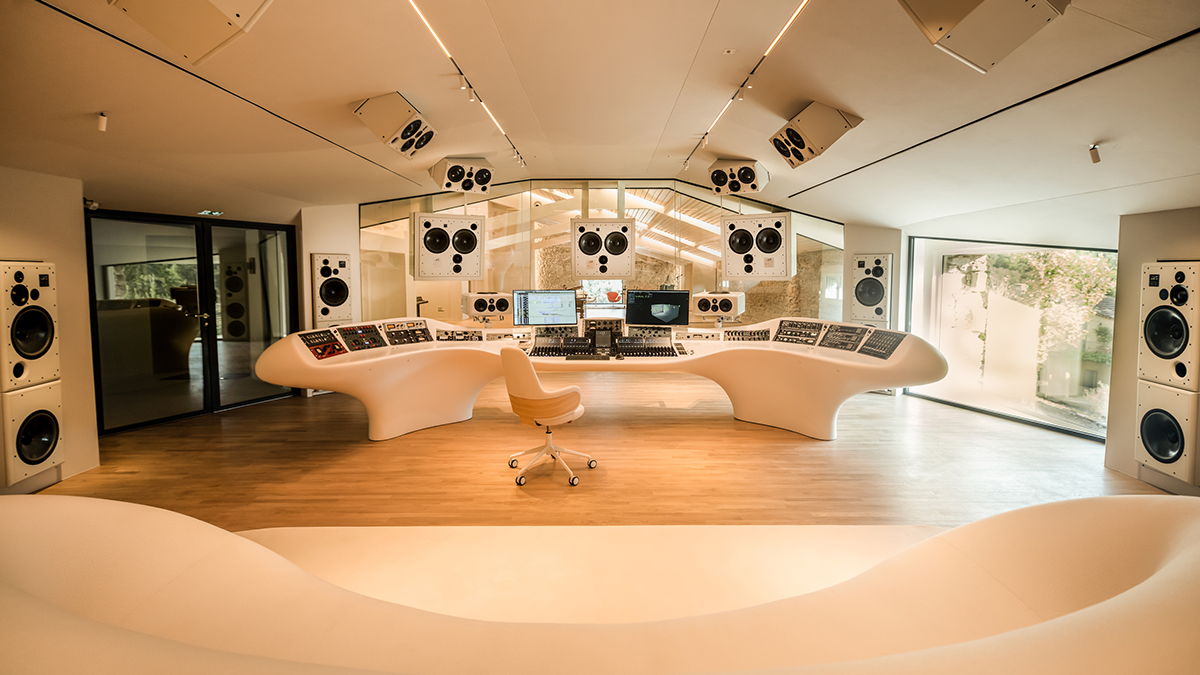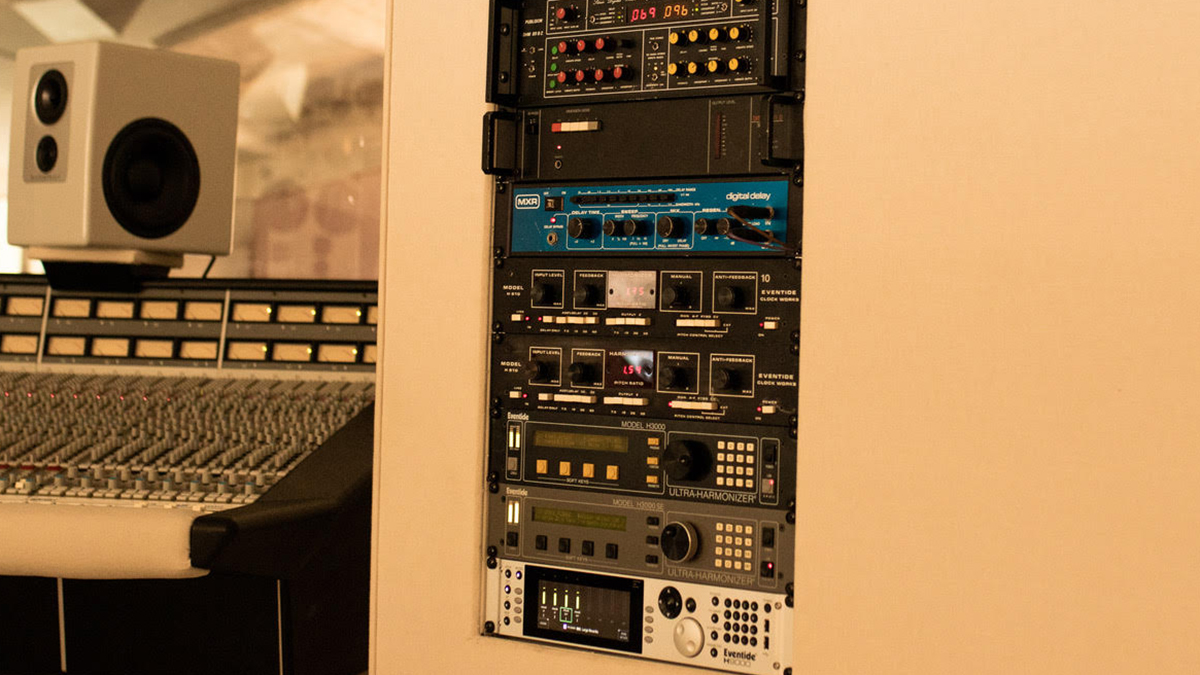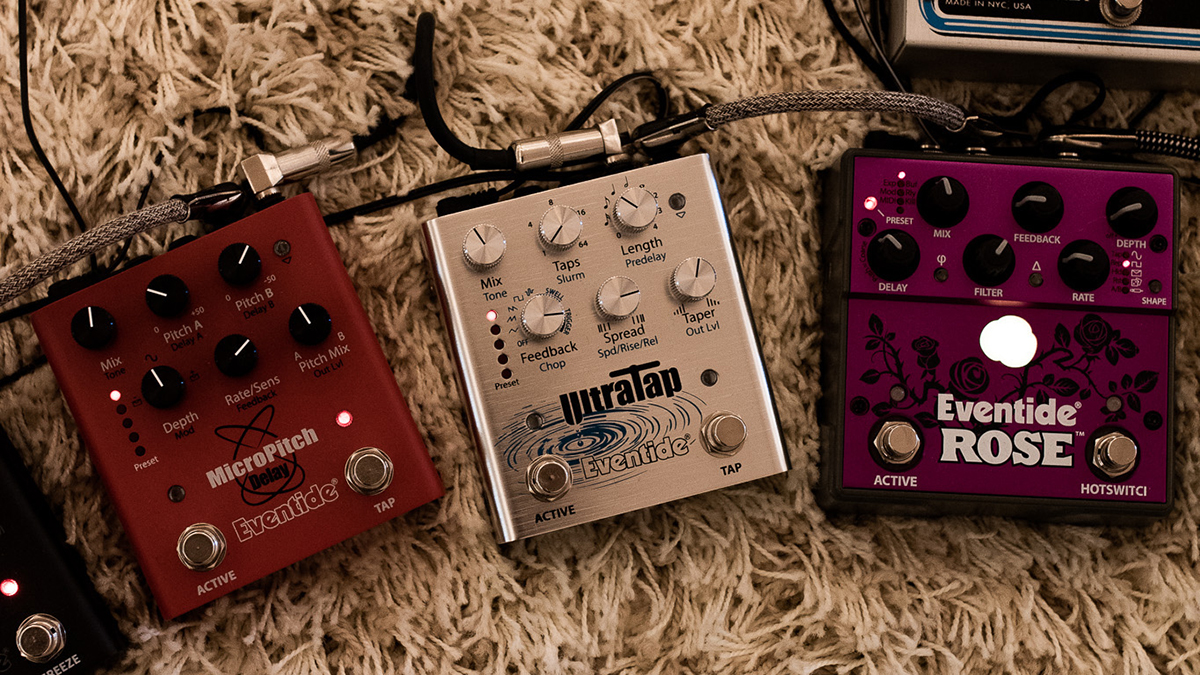“The more flavour and colours we have, the merrier!”: Brad Pitt’s revamped Miraval Studios has contemporary and classic Eventide effect processors, including the H9000 and groundbreaking H910
Revamped facility has already hosted Sade, Steve Lacy and Travis Scott

The more we see of the revamped Miraval Studios, the more impressive it looks. The famous facility, which was overhauled by owner Brad Pitt and partner Damien Quintard in 2022, has already hosted the likes of Sade, Steve Lacy and Travis Scott, and it’s now been confirmed that it’s been equipped with a selection of classic and contemporary Eventide effects processors.
As well as Eventide’s current all-singing, all-dancing H9000 multi-effects box, Miraval also has two classic H3000 Ultra-Harmonizers and two examples of the H910 Harmonizer, the world’s first digital effects processor, no less.
“I am grateful for the opportunity to work with some of the finest equipment in the world,” Quintard explains. “At Miraval Studios, we understand that the artist's vision is of utmost importance, and our gear and equipment serve as tools for the engineers to help the artists bring that vision to life. With this in mind, we aim to provide as many options as possible to help artists achieve their desired sound. I like to have fun with the classic H910 or the modern H9000. The more flavour and colours we have, the merrier!”

In its original incarnation, Miraval hosted the likes of Pink Floyd - who recorded portions of The Wall there - AC/DC, Judas Priest, The Cure, UB40, Wham!, Yes and Sting. It eventually closed in the early ‘00s, falling into a state of disrepair, and when Quintard and Pitt decided to reopen it, they had to make a difficult choice.
“One of the most challenging decisions we faced was whether to renovate or completely rebuild,” Quintard confirms. “The legacy of this iconic place is so rich that we knew we had to preserve and protect it, yet also propel it into the future. We wanted to honour its history by utilizing the legendary equipment that has defined the sound of countless great albums, while also creating something fresh and innovative.”

The finished refurbishment includes the stunning Studio One, which has 25-foot high ceilings and a 1,000-square-foot control room that’s separated from the 3,500-square-foot wood and stone tracking space by a floor-to-ceiling expanse of glass. The control room supports Dolby Atmos productions, and the new custom-designed Spaceship console sits alongside the original SSL 4000 G+ desk.
Sade had the honour of being the first artist to record at Miraval after it reopened, but despite all he’s achieved already, Quintard says that this is no time for him to be resting on his laurels.
Want all the hottest music and gear news, reviews, deals, features and more, direct to your inbox? Sign up here.
“I don’t think it’s time for us to be proud of anything yet,” he says. “There is still so much to do, to learn, to enhance. Here, we’re really passionate about being a part of something greater, creating beauty each day. I really think we’ll know if we did something great in 10 or 20 years. In the meantime, we have to work and work!”





I’m the Deputy Editor of MusicRadar, having worked on the site since its launch in 2007. I previously spent eight years working on our sister magazine, Computer Music. I’ve been playing the piano, gigging in bands and failing to finish tracks at home for more than 30 years, 24 of which I’ve also spent writing about music and the ever-changing technology used to make it.